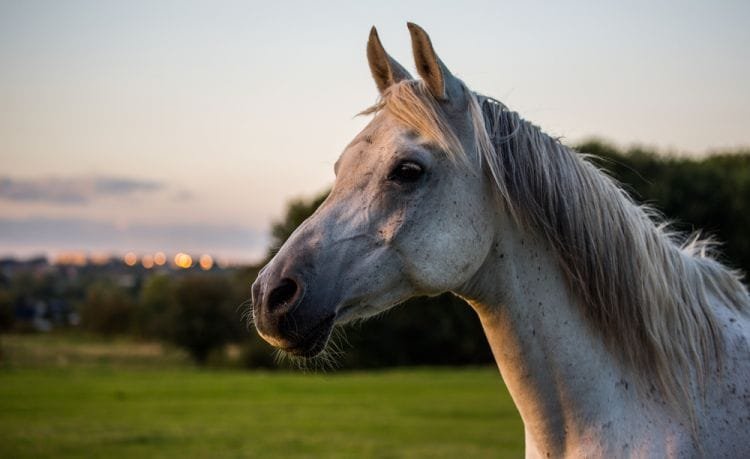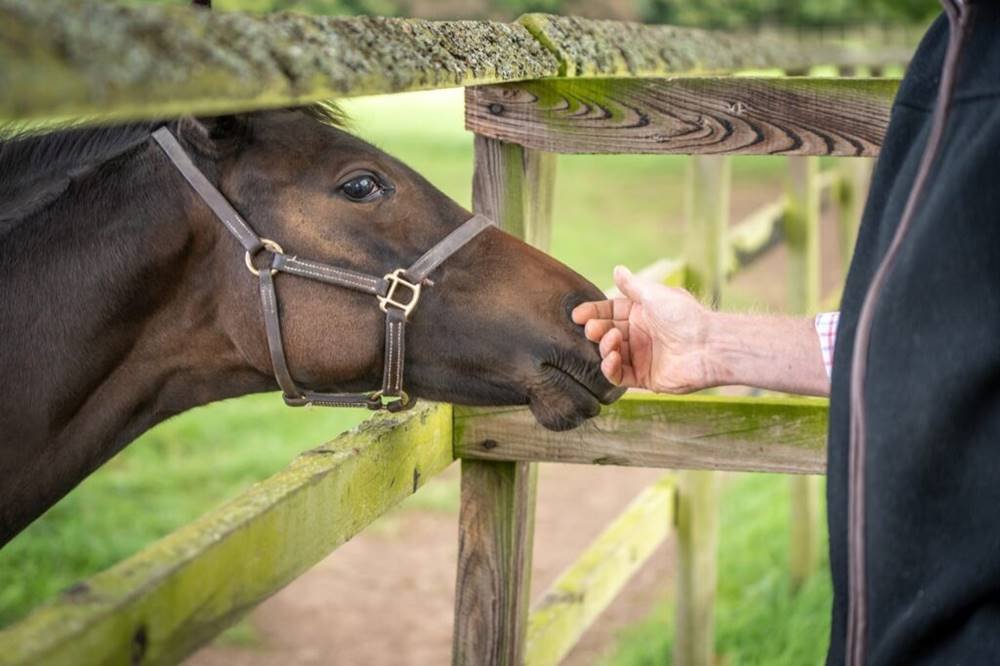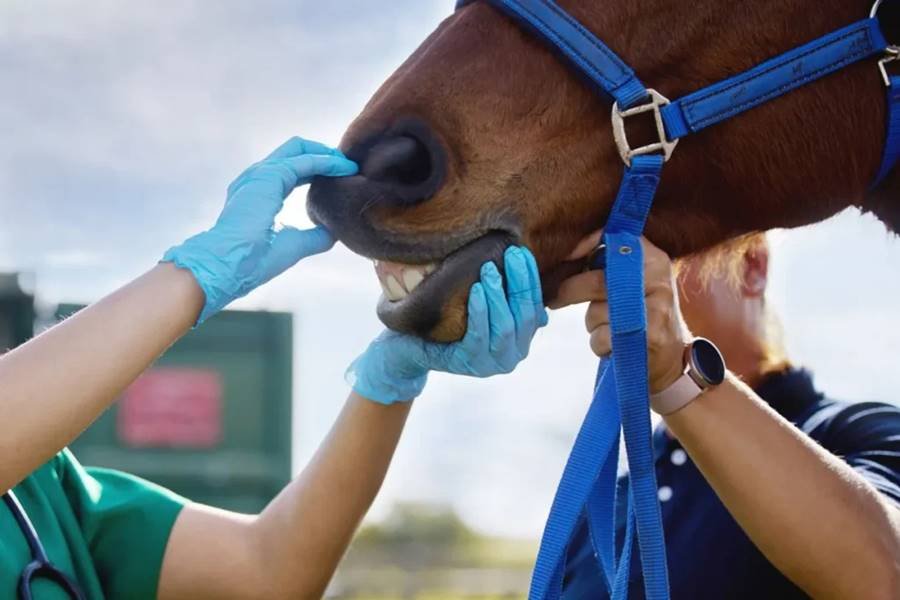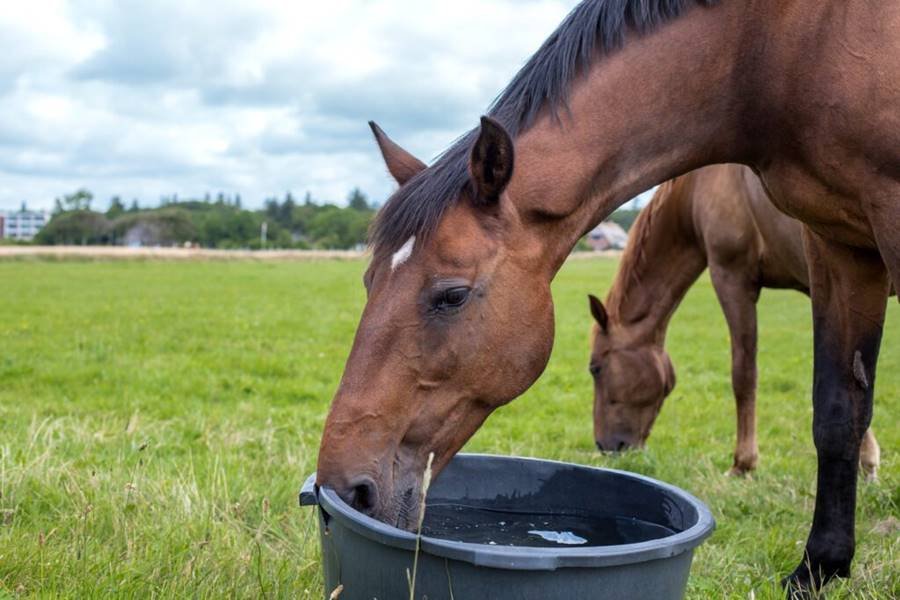Gastric ulcers are a common yet often underdiagnosed health issue in horses.
These ulcers occur when the stomach lining is damaged by excessive stomach acid, leading to pain and discomfort. Recognizing the signs of gastric ulcers early can help ensure timely treatment and prevent further complications.
Common Signs of Gastric Ulcers in Horses
- Behavioral Changes:
- Horses with gastric ulcers may become more irritable, stressed, or less tolerant of their daily routines. They might also become more sensitive to pressure, such as when being saddled or ridden.
- Loss of Appetite or Poor Eating Habits:
- Some horses may show a decreased appetite, especially when it comes to grain-based feeds. They may also be more selective in their eating habits, avoiding certain types of food.
- Digestive Issues:
- Colic-like symptoms, including pawing, looking at their abdomen, or rolling, can occur due to stomach pain. Loose manure or diarrhea may also be seen.
- Weight Loss or Poor Condition:
- Chronic ulcers can lead to poor digestion and nutrient absorption, resulting in weight loss or poor coat condition over time.
- Teeth Grinding:
- Horses with gastric discomfort may grind their teeth as a reaction to the pain caused by stomach ulcers.
- Changes in Performance:
- Horses with ulcers often exhibit reluctance to work or perform as usual, especially after eating.
Why Ulcers Occur
Understanding the factors that contribute to gastric ulcers can help prevent them. Common causes include:
- Stress, such as during travel or intense training.
- High-grain, low-fiber diets.
- Prolonged use of NSAIDs (anti-inflammatory drugs).
Next Steps

If your horse shows any of these signs, it’s important to consult a veterinarian. They can diagnose the problem with an endoscopy and recommend a treatment plan tailored to your horse’s needs. Treatment may involve changes in diet, medications, and adjustments to the horse’s routine.




